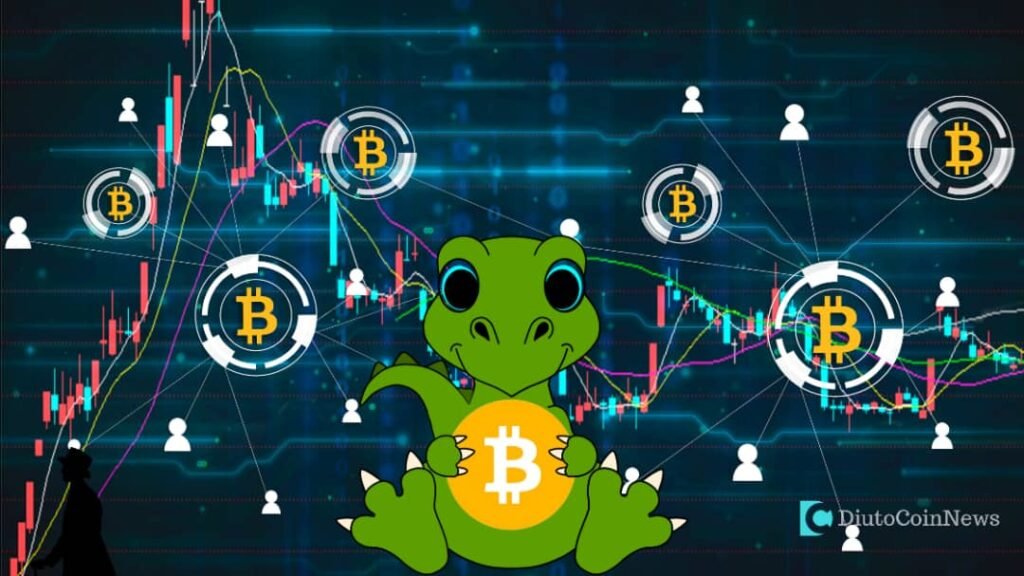Yield Farming is now popular among Centralized Exchanges.
What is Yield Farming? Yield Farming simply means the process of staking or locking up a cryptocurrency or token to receive another token in return as a reward for staking.
The new initiative was intially started by decentralized exchanges (DEX) that rewards users who provide liquidity on the exchange with a percentage of the transaction fees. The idea was started out first by Uniswap and Balancer DEX.
It’s popularity began with DeFi Projects like Compound, rewarding users with Compound Governance Token for using the Compound decentralized application for lenders and borrowers.
Later on, centralized exchanges jumped into the liquidity mining project. One of these exchanges includes OKEx, world’s leading derivatives exchange for digital assets trading.
Most centralized exchanges took on the Yield Farming or Liquidity Mining by distributing new tokens to mostly the exchange token holders or any other preferable token for staking mostly Stablecoins like USDK, USDT, DAI etc.
This new style of distributing new project tokens have taken over from ICOs and IEOs whereby interested investors will be required to buy the preferred token for staking in other to be able to farm the new token.
Read Also: Use Uniswap; A Full Step By Step Guide.
Quick Facts: ICOs are Initial Coin Offering while IEOs are Initial Exchange Offering. These type of offerings allow users to buy a token earlier before it lists on public exchanges for trading. The new Yield Farming now allows investors to farm tokens before listing on exchanges.
The first OKEx Yield Farming project was ZYRO. OKEx liquidity Mining is known as Jumpstart Mining.
The first Jumpstart Mining started at 9:00 am UTC on Sept. 10 and lasted for 14 days. OKEx Jumpstart Mining requires no lock-up, this allows participants to stake and unstake at any time during the mining period.
The yield here is calculated by the minute. This way, users can maximize capital flexibility while reducing the risk of capital occupation.
The flexibility in Liquidity Mining on OKEx allows users to earn any time, any minute and still have full control on how to move funds to and fro the exchange during the mining period.
The requirements for participating in any token liquidity mining depends on the listed criteria made available during the staking period. The requirements varies on all tokens made available for Liquidity Mining. Users can always check to make sure they meet the requirements before participating in any Liquidity Mining.

Risks and Rewards on Yield Farming:
Rewards on Yield Farming
The reward on Yield Farming is profit. When these tokens are listed, the user who staked will benefit and be among the first persons to sell to other users.
Moreover, the user earns tokens with value periodically while the mining lasts. The user can sell his rewards on the trading platform.
Read Also: Full List of Top DeFi Wallets in 2020
Risk on Yield Farming:
The risk here is market volatility. The price of a token might depreciate while on stake waiting on rewards distribution for staking.
Moreover the rewarded token may or not appreciate much in value when it’s made available for trading on exchanges. The issue of volatility is much attributed to Liquidity Mining on Centralized Exchanges as against the issue of Smart Contract vulnerability that also affects Yield Farming using DApps (decentralized applications).
Liquidity Mining or Yield Farming on Centralized Exchanges appears to have lesser risk compared to same on DEX.
Discover more from DiutoCoinNews
Subscribe to get the latest posts sent to your email.














Hey guys I suggest you take a look at https://unifarm.co/ they have the best APR %on their yield farming products, and you get to earn multiple coins. Is a very rewarding experience @unifarm, enjoy farming🚀🚀🚀